
Release of Membranes
Water bag breaking or water breaking, is also known as the rupture of the membranes, in medical terms. We would like to rephrase it to ‘release of membranes’.
Your baby has been growing inside a fluid-filled membranous sac called the amniotic sac, throughout your pregnancy. The sac and liquid cushions and protects your baby. When membranes release, the amniotic fluid can either trickle or gush out.
Your membranes will release either at the beginning of labour or during active labour. If they release earlier than 37 weeks, it is known as PROM—pre-labour release of membranes and requires immediate medical attention.
You have been led to believe that when your membranes are released, it means the baby is coming right away. In some cases, this may be true. Water breaking is a significant and important sign in labour. But does that mean your baby will pop out right after? Not really. This is just a signal to say that baby is on its way. Sometimes it may take a day or two after the water bag releases for your baby to arrive in the world.
In most cases, labour will begin with contractions and sometimes in the course of the labour, your water bag may release with a gush. In this case, you would already be in the hospital and this release will speed up the contractions.
For some women, the membranes may release early, even before the contractions have begun. This may happen as a slow leak or trickle.
Important things to know about membranes releasing:
Check the colour and smell of the fluid. Amniotic fluid is straw-colored to colourless and has no smell. In case you see a colour, namely green, brown or red, that will need a further check by your care provider. The baby may have passed its first stool (meconium) within the womb and that requires medical attention.
Check if it is a gush or trickle. A gush with no prior contractions needs to be evaluated by the care provider.
Stay informed about how long you need to wait before any interventions or checks or any medication that you may be prescribed, including antibiotics. This is a discussion you need to have with your healthcare provider before labour begins as a part of your birth preferences. This is applicable if all is well, including the above points.
Try not to panic—this is a natural part of labour. Not everyone may experience it, but if your membranes release, it is a step closer to seeing your baby. Just make sure you have a plan in place for this occurrence, so that you can make informed decisions in the hospital or at home.
More in Labour & Birth

Release Of Membranes
5 Min Read
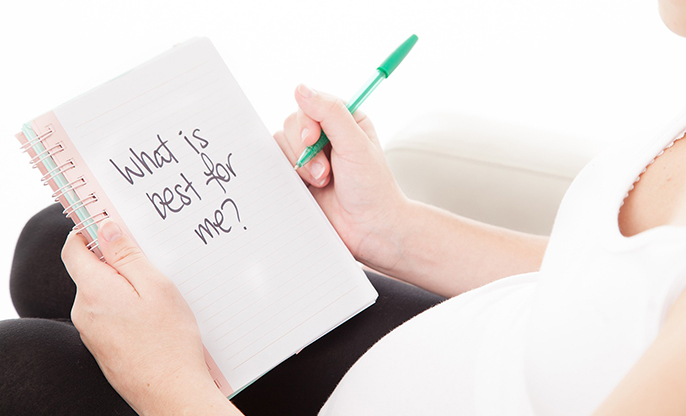
Informed choice and consent
1 Min Read
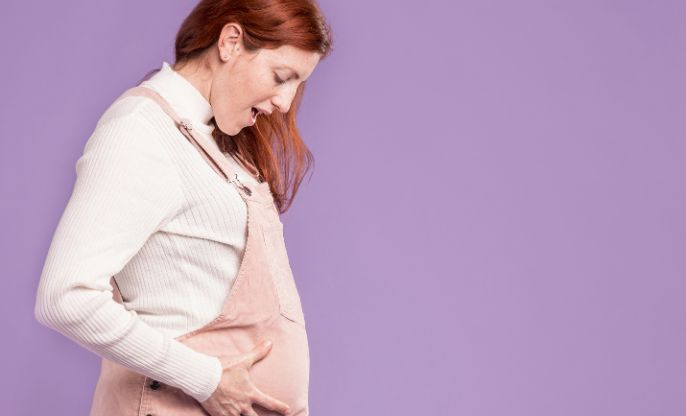
When To Go To The Hospital
3 Min Read

What Is Labour?
3 Min Read

What Exercise Help In Labour?
3 Min Read

Partner's Role
4 Min Read
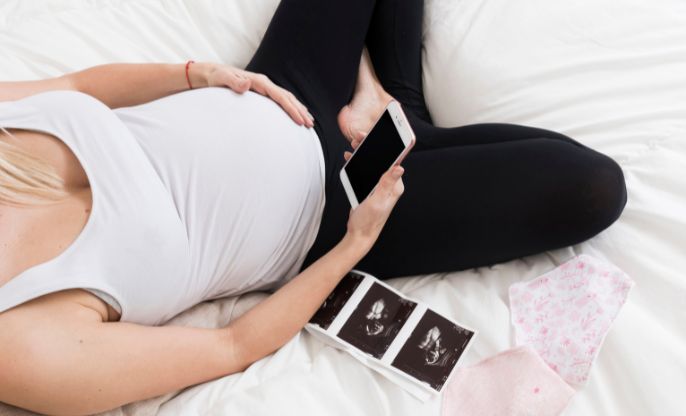
Pre-Labour Signs
5 Min Read

How Labour Begins
4 Min Read
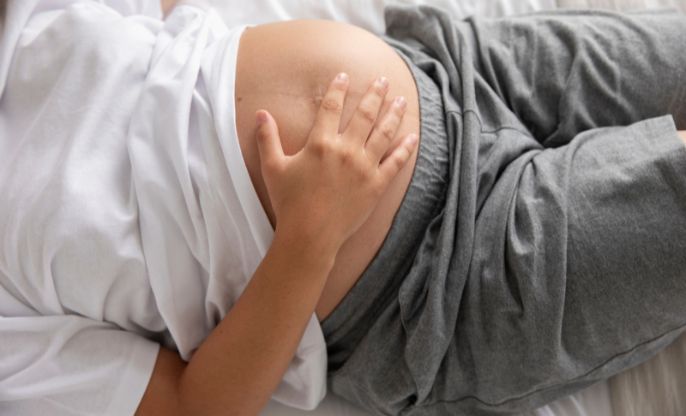
What Are Contractions
4 Min Read
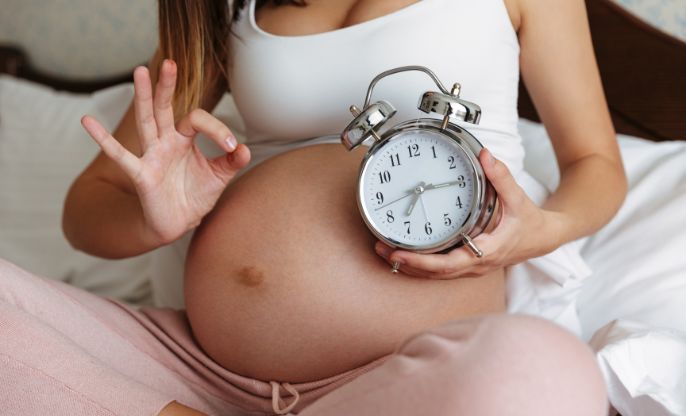
Timing The Contractions
3 Min Read

Stages Of Labour
7 Min Read

Coming together after a C section
1 Min Read

Sequence of Breast Crawl
1 Min Read
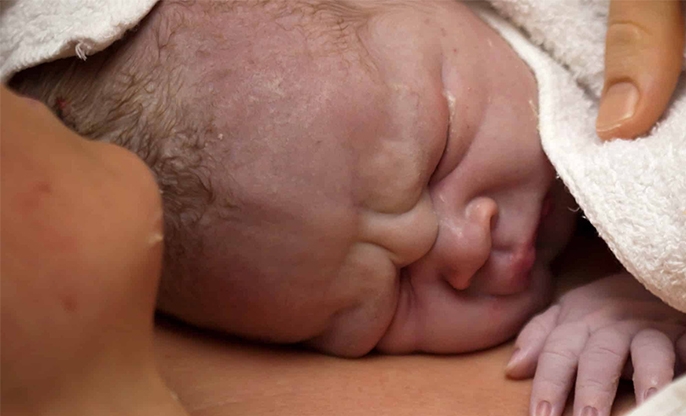
What is Golden Hour?
6 Min Read

Golden hour after Birth
1 Min Read

Encoded Safety / Threat System
1 Min Read

Transitions The Baby Needs to Make
1 Min Read

Natural Expulsion Reflex
11 Min Read

Birthing Stage
1 Min Read

Intro
1 Min Read
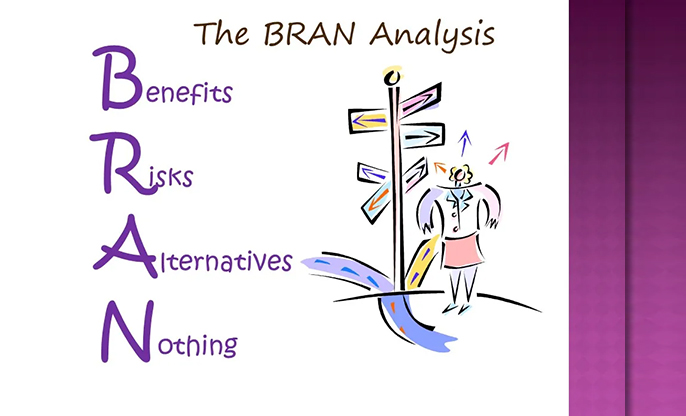
Using BRAINS to Make Decisions
3 Min Read
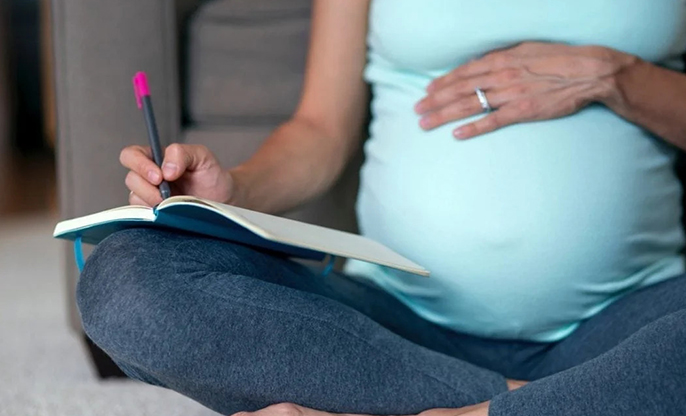
Benefits of Knowing Your Birth Plan
4 Min Read

Why Do You Need a Birth Plan?
1 Min Read
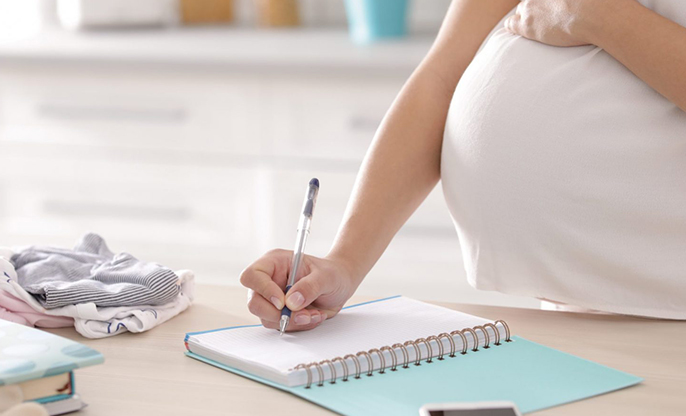
Why do you need a Birth plan?
6 Min Read

Care For The Baby
1 Min Read

Cesarean Birth
1 Min Read

Interventions At Birth
1 Min Read

Pain Management
1 Min Read

Managing And Monitoring
1 Min Read

Why And Wherefore Of Interventions
1 Min Read

TRAIGE
1 Min Read

Differentiating Medical Interventions
1 Min Read

Considerations While Choosing a Doctor
1 Min Read

Birthing In a Hospital
1 Min Read

Intro
1 Min Read

Scenario for Active Labour
1 Min Read

What Would You Choose
1 Min Read

Tips That Help In Labour
1 Min Read

Birth And Arriving Of The Baby
1 Min Read

Strategies For Transition
1 Min Read

Supporting With A Rebozo
1 Min Read

Acupressure Points
1 Min Read

Touch And Massage
1 Min Read

Birthball
1 Min Read

Movement
1 Min Read

Positions In Labour
1 Min Read
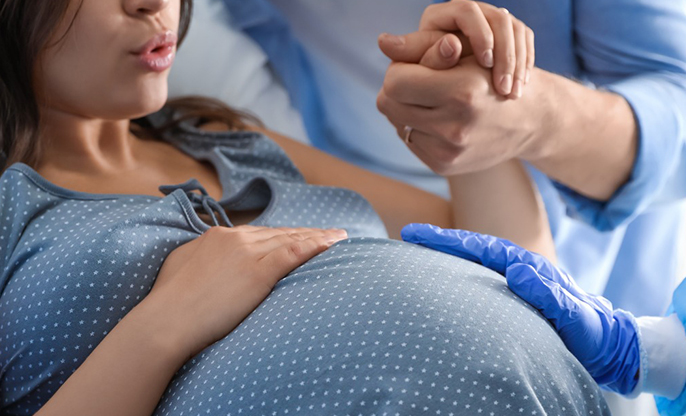
Breathing
1 Min Read

Comfort Measures During Active labour
4 Min Read
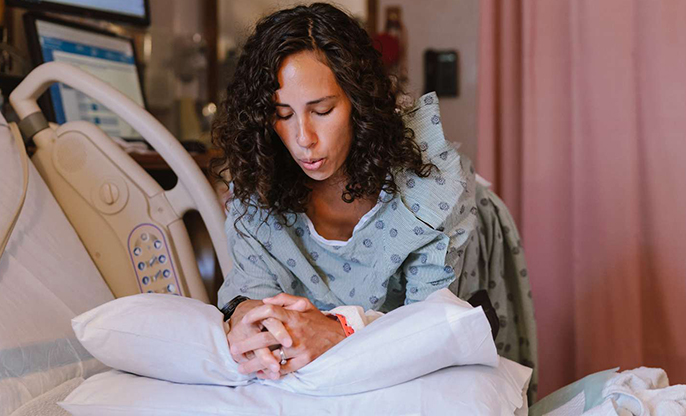
Coping Strategies For Active Labour
1 Min Read

Coping Strategies For Early Labour
1 Min Read

Intro
1 Min Read
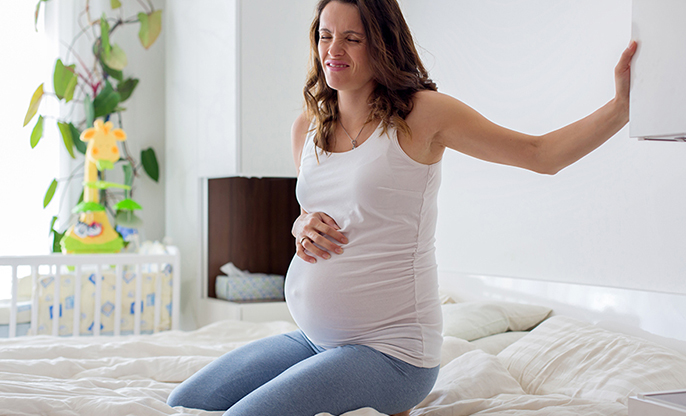
Navigating The Waves
4 Min Read
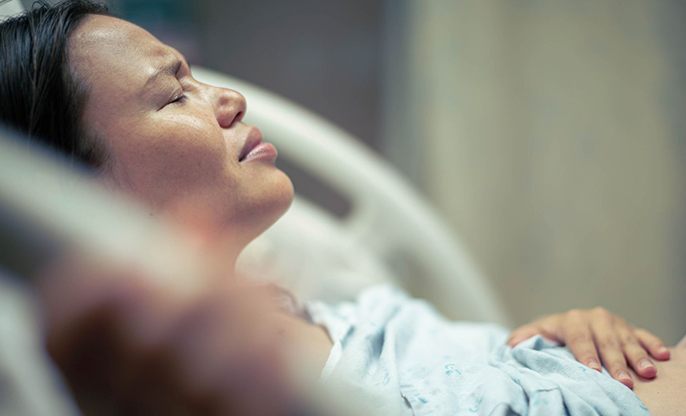
Lets Talk About Pain
1 Min Read
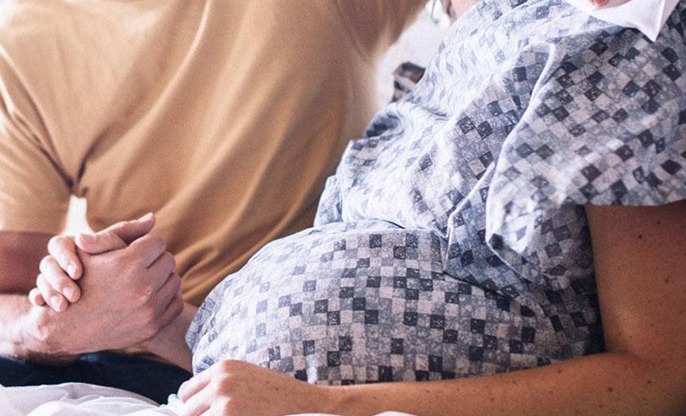
Key Elements
1 Min Read
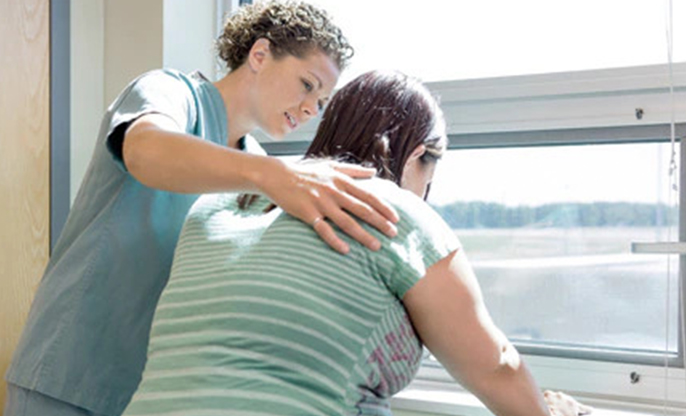
Stages Of Labour
7 Min Read

Labour Land
1 Min Read
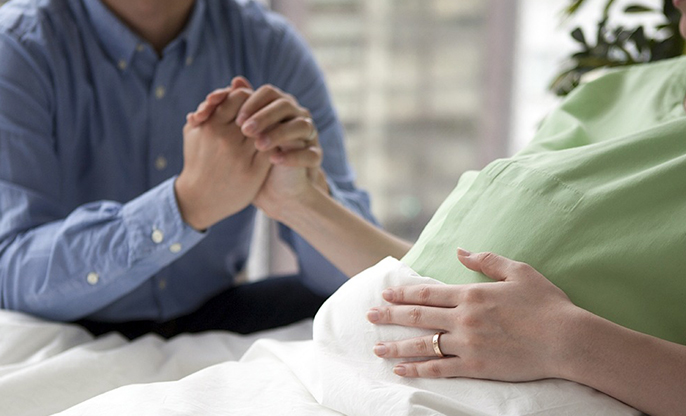
Hallmarks Of Progress
1 Min Read
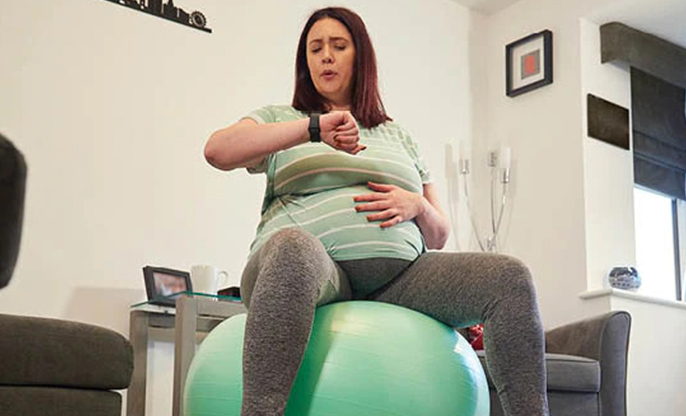
Timing The Contractions
4 Min Read
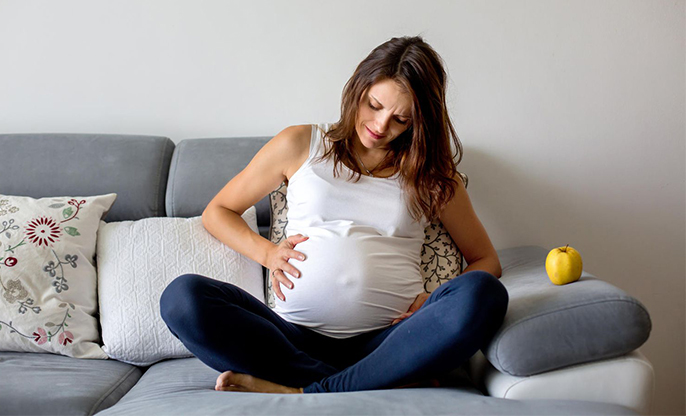
Contractions
4 Min Read
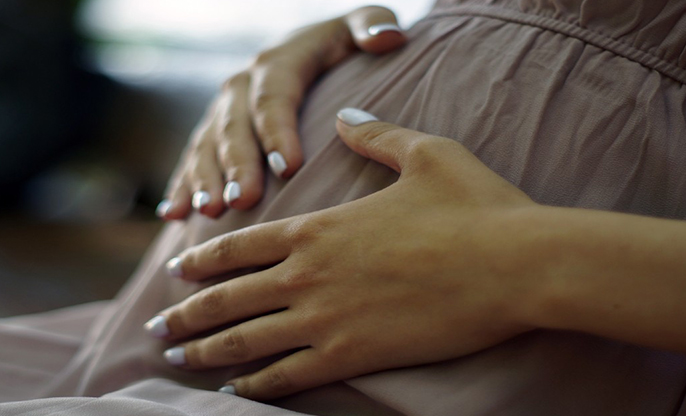
How Labour Begins
1 Min Read
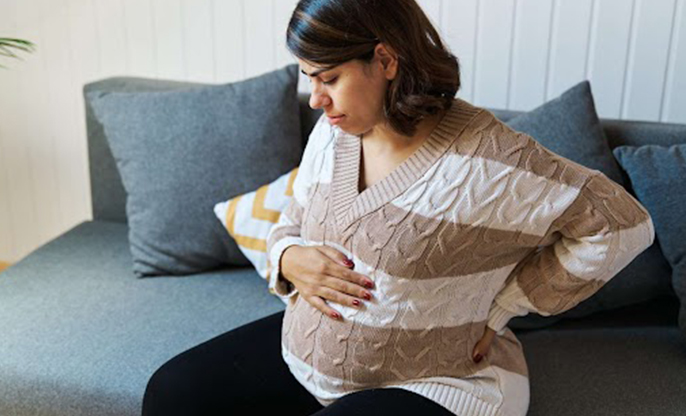
Prelabour Signs
7 Min Read
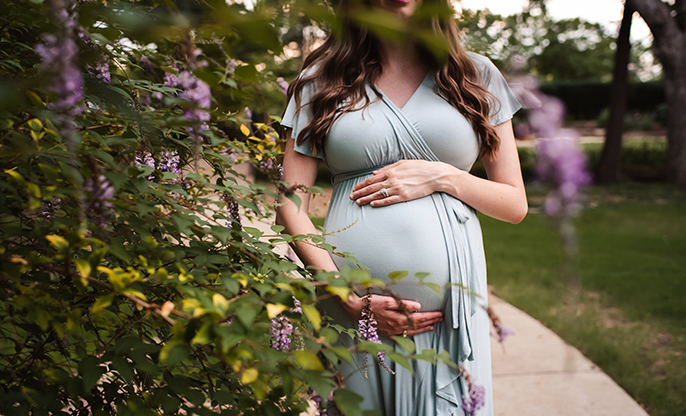
Getting Ready For Birth
1 Min Read
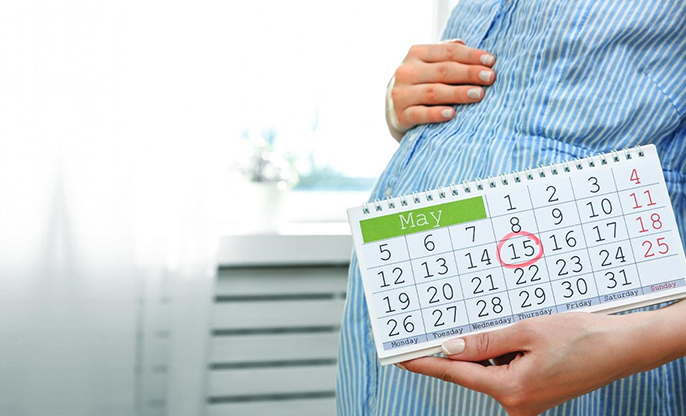
Cracking The Code
4 Min Read
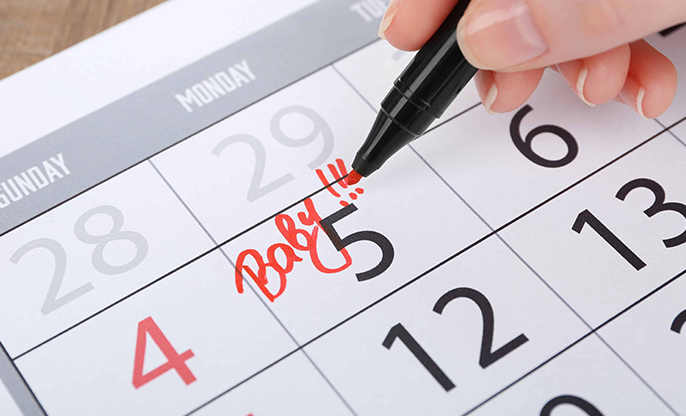
Due Date And Actual Birth Day
1 Min Read

